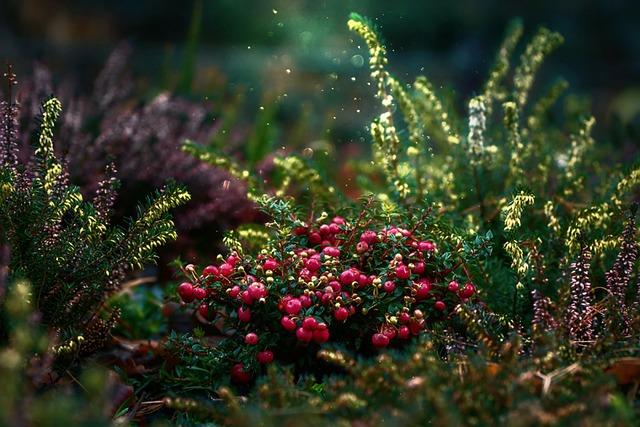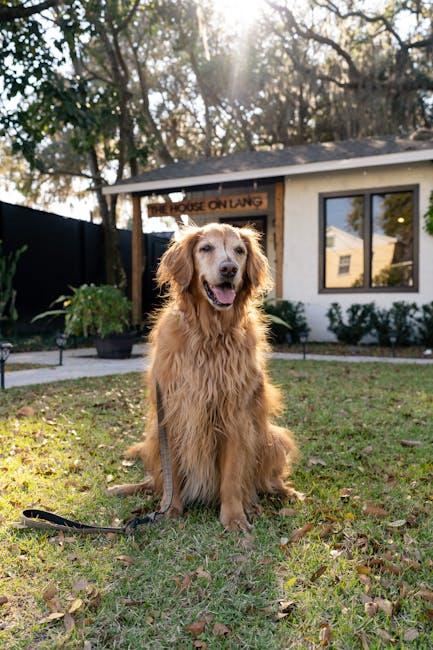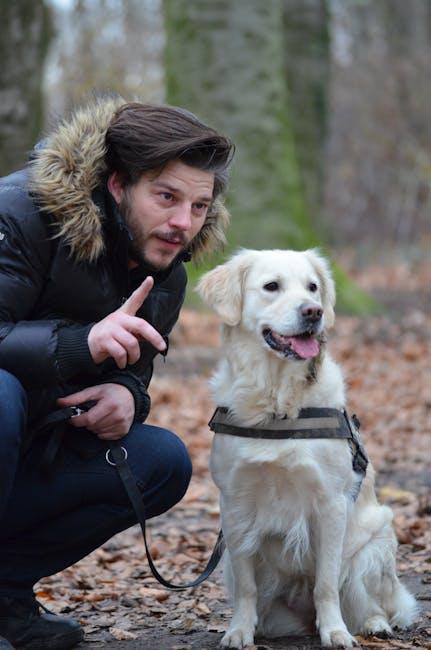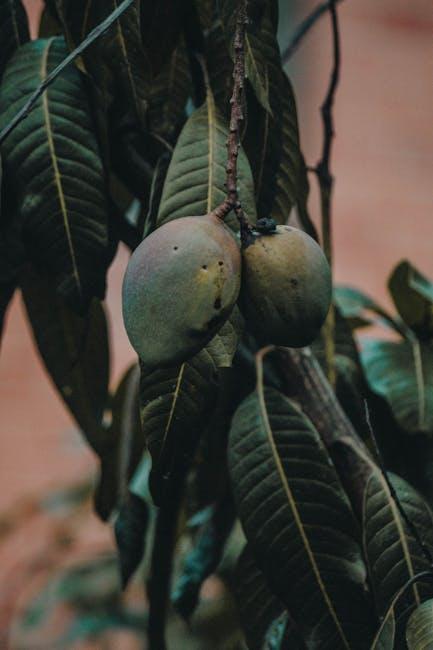Gardens are a dogs/” title=”The Benefits of Crate Training for Dogs”>sanctuary for both humans and their furry companions, offering a delightful space for relaxation and play. However, as any responsible pet owner knows, not everything in a garden is safe for our beloved dogs. While vibrant blooms and lush greenery can enhance the beauty of our outdoor spaces, they may also harbor hidden dangers for curious canines. Understanding which plants pose a risk and how to effectively protect your dog from these potential hazards is crucial. In this article, we will explore practical steps to ensure your garden remains a safe haven, allowing your four-legged friend to enjoy the great outdoors without worry. Whether you’re an experienced gardener or a novice plant enthusiast, our guide will equip you with the knowledge to create a pet-friendly environment that harmonizes beauty and safety.
Identifying Common Toxic Plants in Your Garden
Keeping your garden safe for your furry friends involves knowing which plants can pose a threat. Many popular garden plants are surprisingly toxic to dogs, so it’s crucial to be vigilant. Here are some common culprits to watch out for:
- Azaleas and Rhododendrons: These beautiful flowering shrubs contain grayanotoxins, which can cause vomiting, diarrhea, and even cardiovascular collapse in dogs.
- Daffodils: While their cheerful yellow blooms brighten up any garden, daffodils contain lycorine, which can lead to stomach upset, drooling, and more severe symptoms like heart irregularities.
- Lilies: Although more dangerous to cats, certain lilies can also cause gastrointestinal distress in dogs. It’s best to keep them out of reach.
- Sago Palm: Highly toxic to dogs, all parts of this plant, especially the seeds, contain cycasin, which can lead to liver failure and even death.
- Tulips: The bulbs are the most toxic part, and ingestion can result in intense gastrointestinal irritation and more serious issues like convulsions.
Being aware of these plants and taking preventive measures can help ensure your garden remains a safe haven for your beloved canine companions. Consider replacing them with non-toxic alternatives and always supervise your pets while they explore your green space.

Creating a Safe Outdoor Space for Your Furry Friend
When designing your garden, it’s crucial to be mindful of the greenery you choose, as some plants can pose a threat to your beloved pet. Start by familiarizing yourself with common toxic plants such as azaleas, daffodils, and lilies. These plants, while beautiful, can cause serious health issues if ingested by dogs. To create a safer environment, consider replacing these with pet-friendly alternatives like rosemary, basil, and sunflowers. These not only add charm to your garden but are also safe for curious canines.
In addition to plant selection, establishing a designated pet zone can provide both safety and entertainment for your furry friend. Mulch paths or gravel areas can offer stimulating textures for paws while ensuring they steer clear of delicate flower beds. You might also want to install a small fence or barrier around areas containing potentially harmful plants. Regularly check your garden for any mushrooms or weeds, as these can also be hazardous. With a little planning, your garden can be a secure haven where your dog can play and explore freely.

Training Your Dog to Avoid Dangerous Plants
When it comes to safeguarding your furry friend from the allure of harmful plants, a combination of training and supervision is key. Begin by teaching your dog basic commands such as “leave it” and “stay away”. These commands can be lifesavers when your curious pup gets too close to something potentially dangerous. Make sure to practice these commands in different environments, including your garden, so they become second nature to your dog.
- Identify and Remove: Start by identifying the toxic plants in your garden. Common offenders include azaleas, oleanders, and lilies. Once identified, consider removing or fencing them off to prevent access.
- Use Deterrents: Natural deterrents like citrus sprays can be applied around the base of plants to discourage your dog from approaching them.
- Provide Alternatives: Ensure your garden has dog-friendly plants and designated play areas. Offering safe chewing alternatives can also redirect their interest away from the flora.
Remember, consistent training and vigilance can go a long way in keeping your dog safe from the potential dangers lurking in your garden. With patience and love, your garden can be a safe haven for both your plants and your pet.

Natural Alternatives to Harmful Garden Flora
Enhancing your garden’s charm while ensuring it remains a safe haven for your furry friends is easier than you might think. Consider replacing potentially toxic plants with dog-friendly alternatives that not only look beautiful but also offer peace of mind. Swap out lilies and azaleas, which can pose serious health risks to dogs, with lavender or sunflowers. These vibrant choices are not only safe but also add a delightful fragrance and burst of color to your outdoor space.
Incorporate plants like basil and rosemary, which are not only non-toxic but also serve dual purposes as culinary herbs. Marigolds and snapdragons are excellent choices for adding a splash of color without compromising on safety. For those who love greenery, bamboo palm and spider plants are both lush and dog-friendly options. By making these mindful swaps, you can cultivate a garden that’s as inviting for your pets as it is for you.

